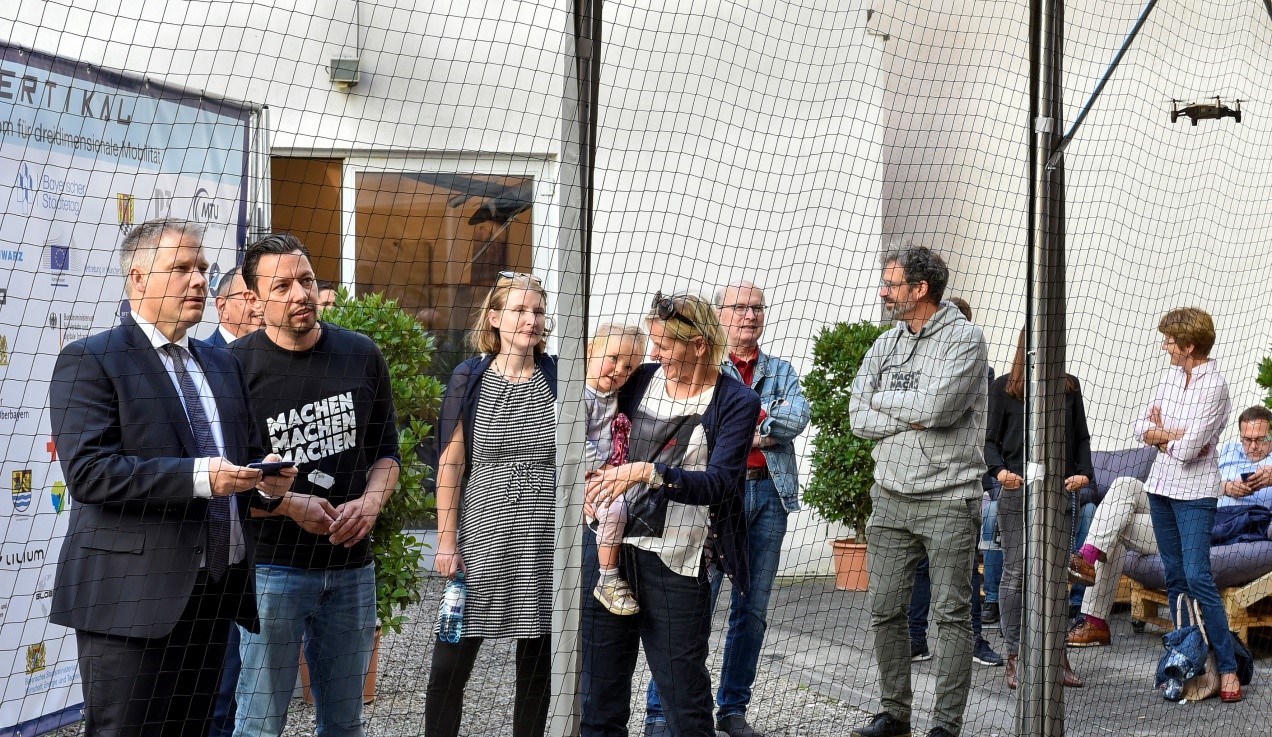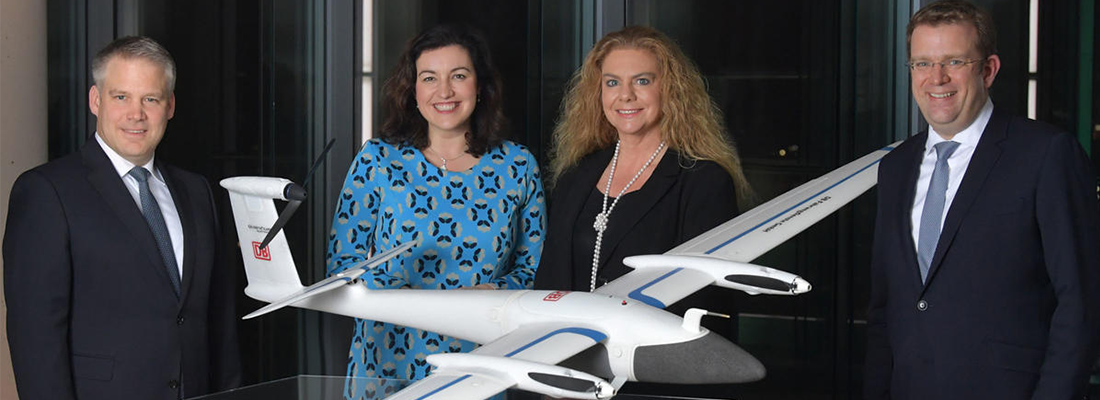Since June 2018 the German city of Ingolstadt has been involved in the Europe-wide UAM initiative of the EIP-SCC. Ingolstadt is one of the twelve frontrunner cities. Since the start of the initiative, the city of Ingolstadt has participated in numerous network meetings of the EIP-SCC. We interviewed Bianca Krauser of the UAM directorate of the city of Ingolstadt about the progress.
Ingolstadt is working together with all participating European cities within the EIP-SCC initiative. It means that Ingolstadt takes part in network meetings, presents results, exchanges information and works together in working groups. “In addition, we are in exchange with the other four German UAM cities (Hamburg, Aachen, Nordhessen, Münster-Enschede), supported by the Federal Ministry of Transport”, Bianca Krauser of the UAM directorate of the city of Ingolstadt explains.
In 2019, several task forces were established to further support the initiative and to increase the visibility at the EU Commission. Ingolstadt has taken over the leadership of the task force ‘funding and financing’. Mrs. Krauser: “The aim of the working group was to support the cities in financing their initiatives.”
The city of Ingolstadt has also founded its own network. “We now have over 70 different partners, from industry, ministries, authorities, suppliers and start-ups. The aim is on the one hand to provide a networking platform for the partners, on the other hand we try to start demonstrator projects, make funding available and increase the public acceptance of UAM. We have already been able to start several projects and acquired a total volume of approximately 12 million euros in state and federal funding for the region and the network partners.”
In addition to the research projects, an offshoot of the Digital Startup Centre, called brigkAIR, just started in Ingolstadt. Mrs. Krauser: “Start-ups from the aviation sector will settle there and receive support. The companies will have the opportunity to conduct test flights on the existing test field. Currently we are working on the construction of another test field in an urban area, where autonomous driving can already be tested.”
INCityTakeOff
Recently the Federal Ministry of Transport (BMVI) funded the Ingolstadt research project INCityTakeOff with approximately 1.8 million euros. The aim of INCityTakeOff is to research and develop the requirements for the use and integration of vertiports and vertistops in Ingolstadt on the basis of practical planning at the new Ingolstadt main station, which is currently being planned. Thereby, an AI-based simulation/visualization of a vertiport is to be conducted based on the plans for the new main station in Ingolstadt. Mr. Baumann from the Department for urban development and building law explains the challenges: “The challenge for a city like Ingolstadt is to already consider the urban planning requirements of different and novel modes of transport in the current planning processes. A strong consortium has been formed for this purpose. Consortium leader is the Institute for Engineering Design of Mechatronic Systems e.V. Further partners are the city of Ingolstadt, Lilium GmbH, Fraunhofer Institute for Building Physics IBP and DigiThinx GmbH. The project is carried out in close cooperation with Skyports Ltd.”
According to Mr. Baumann “INCityTakeOff is still in a very early phase, as the project start was just in January 2020.” A first step will be to survey and analyse the requirements for planning, processes and legislation for Vertiports. “The city of Ingolstadt will work in particular on developing a catalogue of criteria for spatial, urban development and transport objectives such as mixed mobility concepts that can be transferred to other cities. The aim is to define and evaluate potential locations for Vertiports and Vertistops on a large scale from an urban development policy perspective. In addition, the consortium will be provided with structural information for potentially suitable existing buildings such as parking decks, as well as the planning parameters of the future central station building. Further steps will then result from the project work itself.”
Test flights
Although test flights are already possible on the test field of Airbus and the WTD 61 in the nearby municipality of Manching and brigkAir will increase the number of test flights, it will take some time before the first test flights in urban areas can be carried out, Mrs. Krauser tells us. “A distinction must also be made here between manned and unmanned drones. For ‘air taxis’ we need much more time.”
One of the challenges involving UAM is public acceptance. Therefore, in Ingolstadt citizens are involved in almost all of the UAM projects through citizen surveys, online surveys and events. “For example, the presentation of the City Airbus took place on 11 March 2019 in front of the town hall in Ingolstadt”, Mrs Krauser explains. “From September to December 2019, we set up a so-called Living lab “VERTIKAL” in order to inform citizens through exhibits and events on the topic of UAM. In addition, a study was conducted by our university. It is our great concern to create transparency for the citizens. Only by involving the citizens will it be possible to increase acceptance.”

Picture 1 The Living Lab VERTIKAL
The UAM Initiative Ingolstadt works not only through the commitment of the city administration and the mayor, but also through the initiative of each individual member. That’s why research institutions and individual partner companies take the lead in projects. Mrs Krauser: “We try to bring companies (our network-partners) together through our network meetings, newsletters and working groups for the various projects. And we have commissioned an external project management to support us in the organization of the network.”
Amsterdam Drone Week and Ingolstadt
During Amsterdam Drone Week 2020 Ingolstadt will share their practices during the Mayors round table and UAM content stream.






